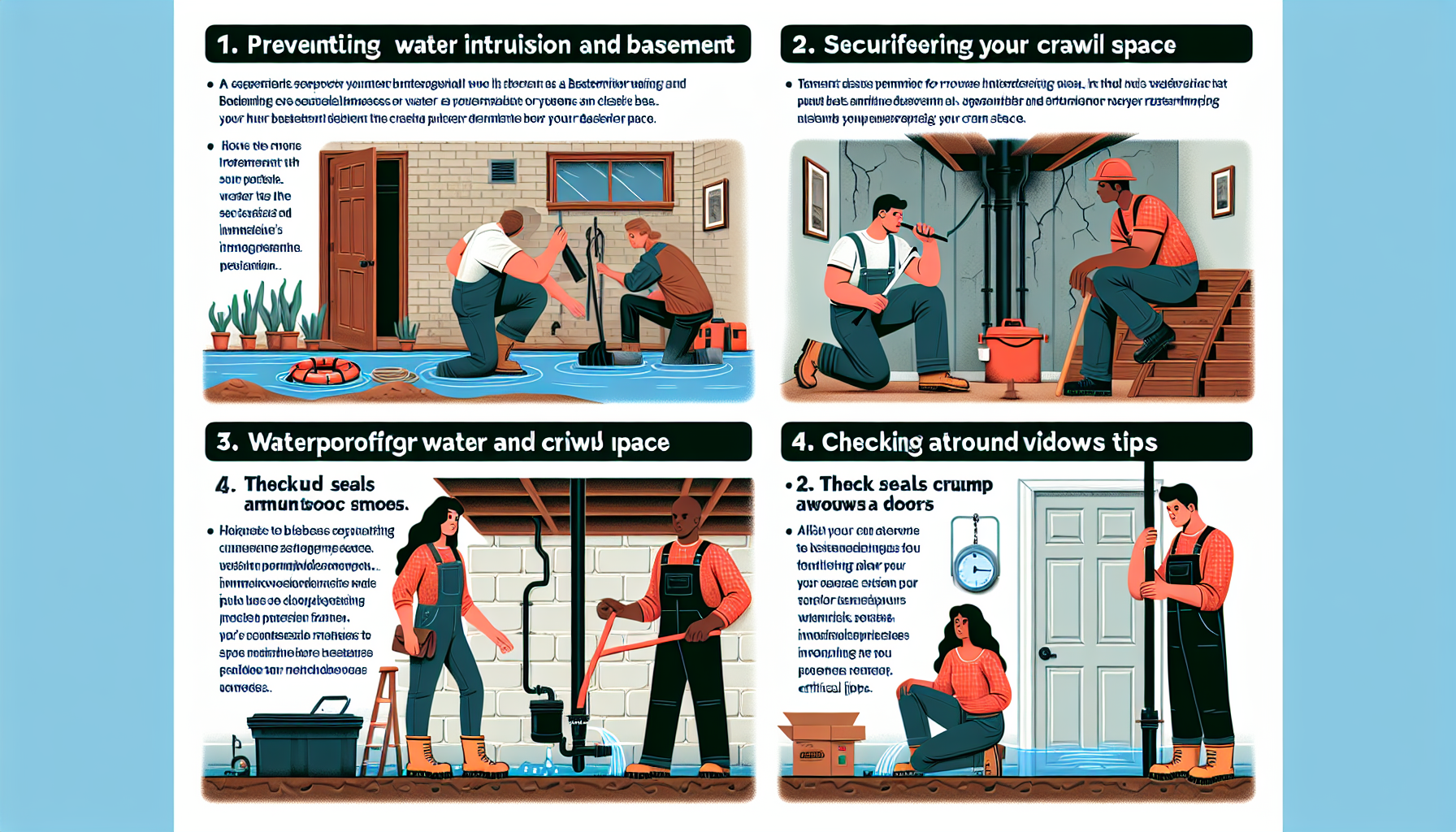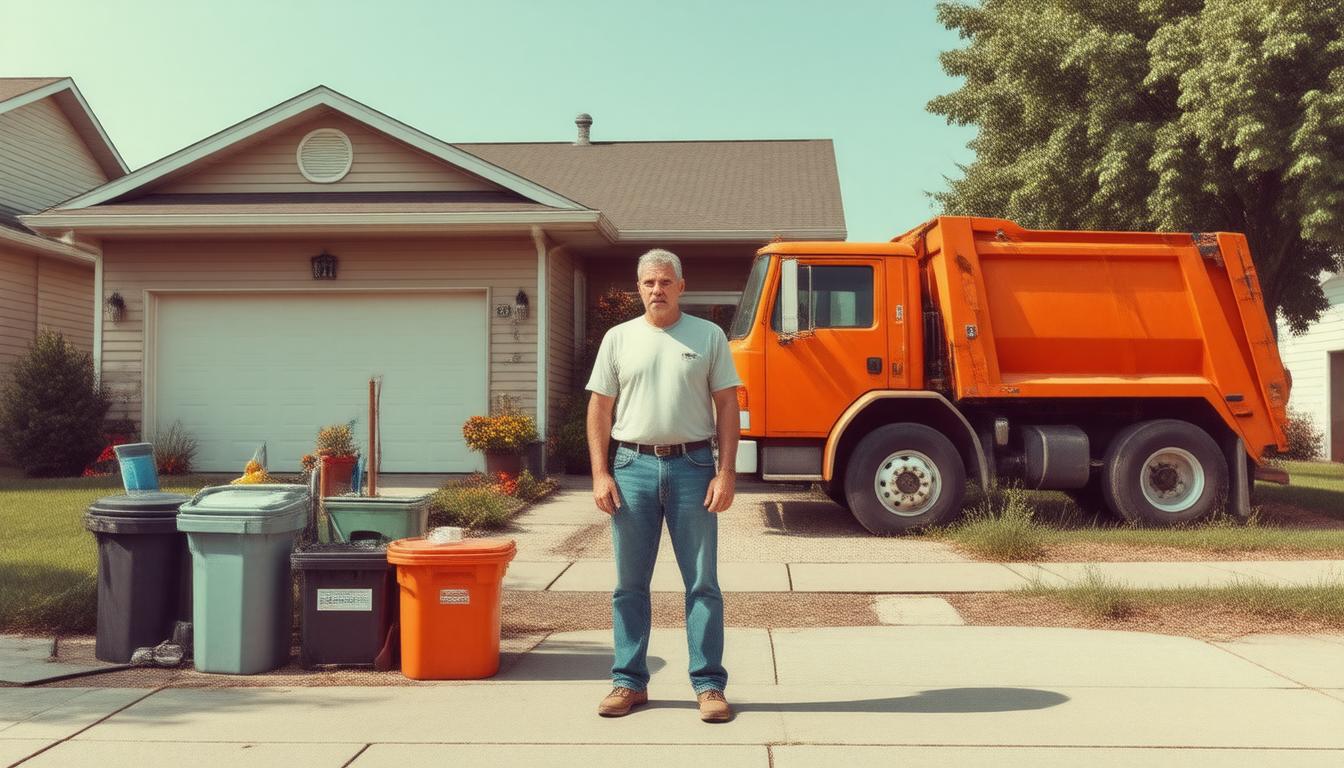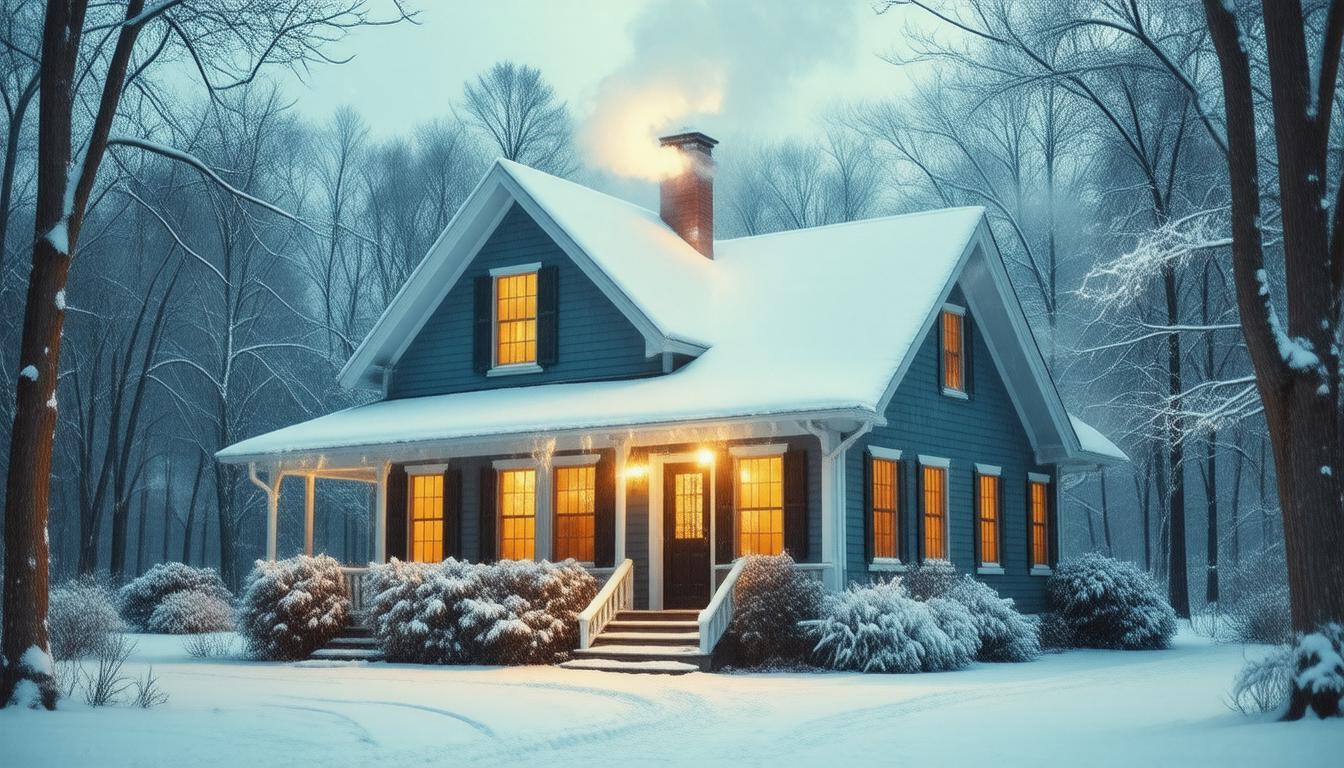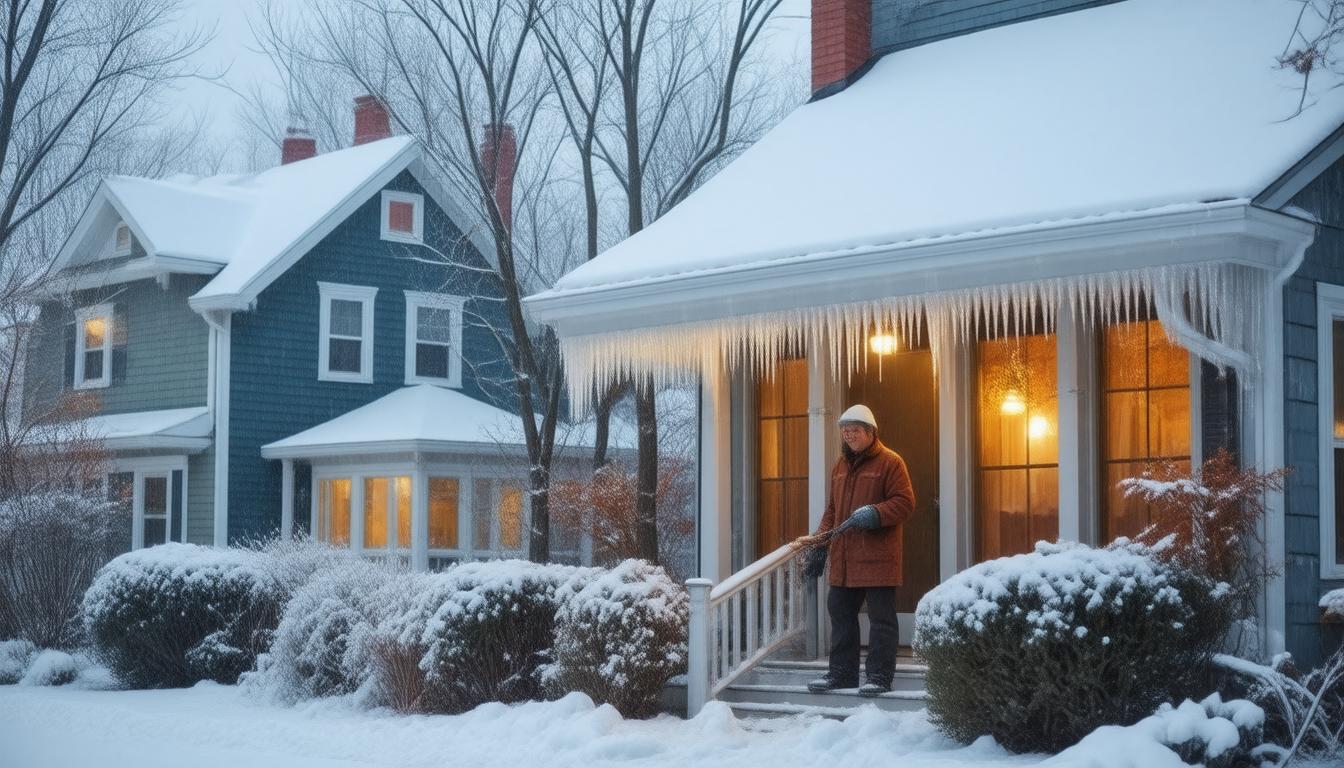
Before we dive into preventing water intrusion, it’s crucial to comprehend why and how water makes its way into your basement and crawl spaces. The most common causes include heavy rainfall, melting snow, high groundwater levels, and improper drainage. The risks of water intrusion are significant, from structural damage to your property to the growth of harmful molds that can affect your health. Addressing these concerns is not just a matter of property maintenance, but also of ensuring a healthy living environment.
Regular Inspection and MaintenanceOne of the most effective preventative measures is to regularly inspect and maintain your basement and crawl spaces. Check for any signs of moisture, such as damp walls, floors, or a musty odor. Inspect your gutters and downspouts to ensure they are clear of debris and directing water away from your home’s foundation. Additionally, look for any cracks or gaps in your foundation walls and seal them with appropriate caulking or sealants.
Proper LandscapingThe landscape around your home can significantly impact water intrusion. Ensure the ground slopes away from your foundation, facilitating proper drainage. Use plants and shrubs that absorb excess moisture in the soil and avoid overwatering your garden. For further protection, consider installing a French drain system or other specialized landscaping solutions to help keep water away from your home’s base.
Sump Pump Installation and MaintenanceA sump pump is a great investment for homes prone to water intrusion. It works by collecting excess water into a sump basin and pumping it away from the foundation. To ensure its effectiveness, regularly check your sump pump for operational readiness, especially before the rainy season. If you already have one, perform routine maintenance like cleaning it, checking the power cord, and testing it by pouring water into the sump pit to see if it activates.
Dealing with High HumidityHigh humidity levels can contribute to water problems in your basement and crawl spaces. A dehumidifier can help control the humidity, reducing the potential for mold growth and damage to stored items. Make sure to select a dehumidifier that is suitable for the size of the space and has the ability to drain continuously to avoid having to empty it manually.
Waterproofing SolutionsThere are a variety of waterproofing methods that can be employed, ranging from simple coatings to extensive external waterproofing solutions. Interior waterproofing might include applying sealants to the floors and walls, while exterior waterproofing could involve the installation of membranes along the outside of your foundation walls. A professional waterproofing service can assess your specific situation and recommend the most appropriate solution.
Opt for Professional InspectionsLastly, it’s often worth investing in a professional inspection. Experts in the field can identify potential risks and provide specific recommendations to prevent water intrusion. They have the experience to spot issues that you might overlook and can suggest long-term solutions that will save you time and money down the line.
By implementing these strategies, you can secure your basement and crawl spaces from water intrusion. It requires some diligence and attention to detail, but the peace of mind and the prevention of costly damages are well worth the effort. Remember that proactive measures are key to keeping your home dry and safe.







